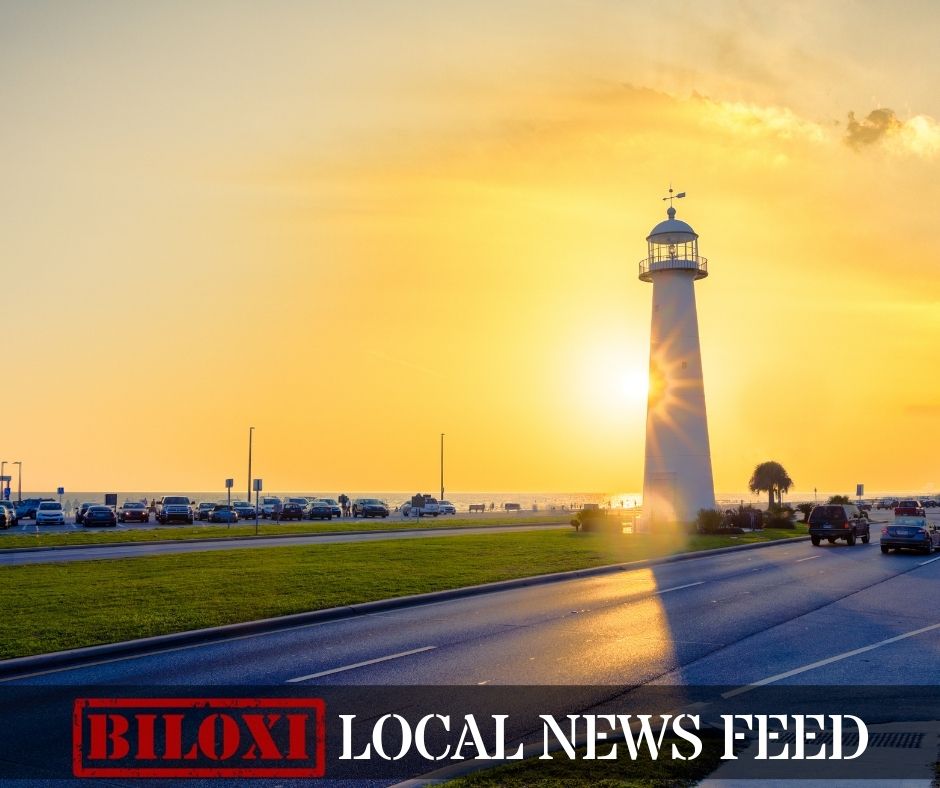News from the South - Alabama News Feed
Accused Killer Claims Witchcraft | July 28, 2025 | News 19 at 6 p.m.
SUMMARY: Wyatt Braxton Young is accused of murdering Nancy Fox, a woman he claimed to know for years. After the killing, Young told police that Fox had sexually assaulted him and accused her of witchcraft, alleging she used magic spells in her business. Despite these claims, investigators found no evidence to support them. Young admitted to shooting Fox multiple times and physically assaulting her. Employees from Fox’s former crystal shop reported Young’s declining mental health and erratic behavior over the years. Officers also discovered numerous Bibles and religious items in Young’s car and apartment. The case is now heading to a grand jury.
The murder case of Wyatt Braxton Young is headed to a grand jury after testimony revealed chilling details in the case.
News 19 is North Alabama’s News Leader! We are the CBS affiliate in North Alabama and the Tennessee Valley since November 28, 1963.
https://whnt.com/
https://www.facebook.com/whntnews19
https://www.instagram.com/whntnews19/
https://twitter.com/whnt
News from the South - Alabama News Feed
Huntsville Fire & Rescue Holds 9/11 Memorial Service | Sept. 11, 2025 | News 19 at 5 p.m.
SUMMARY: On September 11, 2025, Huntsville Fire & Rescue held a memorial service to honor the nearly 3,000 lives lost in the 9/11 terrorist attacks. Military members and first responders gathered at Huntsville Fire Station One, where at 7:46 a.m., lights, sirens, and air horns sounded to replicate the sounds heard during the attacks. Fire Chief Howard McFarland emphasized the importance of remembering the tragedy to educate younger generations and prevent history from repeating. Former Captain Lynn recalled the shock of witnessing the attacks and noted how 9/11 reshaped emergency preparedness. This annual event is held across all 20 Huntsville fire stations.
The Huntsville Fire & Rescue held a 9/11 memorial service.
News 19 is North Alabama’s News Leader! We are the CBS affiliate in North Alabama and the Tennessee Valley since November 28, 1963.
https://whnt.com/
https://www.facebook.com/whntnews19
https://www.instagram.com/whntnews19/
https://twitter.com/whnt
News from the South - Alabama News Feed
News 5 NOW at 8:00am | September 11, 2025
SUMMARY: On September 11, 2025, News 5 NOW covered 9/11 commemorations, including first responders climbing 2,000 steps at Hancock Whitney Stadium to honor the World Trade Center’s 110 stories. The Original Oyster House offered free meals to first responders in Mobile and Baldwin counties. The program also reported a new Vibrio bacterial infection case in Escambia County, highlighting health warnings for beachgoers. Additionally, they discussed a study linking chronic insomnia to increased dementia risk, election recounts in Gulf Shores, and a recent political shooting in Utah, sparking debate over harsher punishments for political violence. Viewer opinions on extraterrestrials and political violence were shared in an interactive social media segment.
First Responders in Mobile honored the heroes of September 11th, a Pensacola woman is in the hospital after being infected with the flesh eating bacteria vibrio vulnificus, and a vote re-count wrapped up in Gulf Shores…
News from the South - Alabama News Feed
Zaxby's Player of the Week: Dylan Jackson, Vigor WR
SUMMARY: Dylan Jackson, senior wide receiver for the Vigor Wolves, was named Zaxby’s Player of the Week after leading his team to a dominant region win with over 200 yards and two touchdowns. The Wolves, ranked number one in 5A, emphasize getting the ball to their best players, a strategy credited to Coach Mick S. Jackson’s ability to read defenses and execute plays with quarterback Sammy has been crucial. The team’s hard offseason training, especially in passing, is paying off. Their goals remain to beat Blunt, win the region, and compete for the state championship, treating each game like a playoff.
Zaxby’s Player of the Week: Dylan Jackson, Vigor WR
-
News from the South - North Carolina News Feed7 days ago
Reagan era credit pumps billions into North Carolina housing | North Carolina
-
News from the South - Alabama News Feed7 days ago
Amid opposition to Blount County medical waste facility, a mysterious Facebook page weighs in
-
News from the South - South Carolina News Feed7 days ago
South Carolina’s Tess Ferm Wins Miss America’s Teen 2026
-
News from the South - Kentucky News Feed7 days ago
3 states push to put the Ten Commandments back in school – banking on new guidance at the Supreme Court
-
Local News7 days ago
Duke University pilot project examining pros and cons of using artificial intelligence in college
-
News from the South - Virginia News Feed6 days ago
On the record: Winsome Earle-Sears
-
Mississippi News Video6 days ago
Interview: Come see Baptist at WTVA Senior Health Fair
-
News from the South - Missouri News Feed6 days ago
1587 Prime gives first look at food, cocktail menu ahead of grand opening in KC












































